Description
The Wreck of Hesperus by Stanley Massey Arthurs printed on a T-Shirt
About the T-Shirt
Regular fit
Standard length, the fabric easily gives into movement
Casual wear
A classic, everyday option loved by our customers
Side-seamed
Constructed by sewing two parts together, creating a fitted look
The Unisex Staple T-Shirt feels soft and light with just the right amount of stretch. It’s comfortable and flattering for all. We can’t compliment this shirt enough–it’s one of our crowd favorites, and it’s sure to be your next favorite too!
- Solid colors are 100% Airlume combed and ring-spun cotton
- Ash color is 99% combed and ring-spun cotton, 1% polyester
- Heather colors are 52% combed and ring-spun cotton, 48% polyester
- Athletic and Black Heather are 90% combed and ring-spun cotton, 10% polyester
- Heather Prism colors are 99% combed and ring-spun cotton, 1% polyester
- Fabric weight: 4.2 oz./yd.² (142 g/m²)
- Pre-shrunk fabric
- 30 singles
- Side-seamed construction
- Tear-away label
- Shoulder-to-shoulder taping
- Blank product sourced from Nicaragua, Mexico, Honduras, or the US
Stanley Massey Arthurs (1877-1950)
Stanley Massey Arthurs was born in Kenton, Delaware, where his father owned a general store. Talented in art as a child, he studied in Wilmington with painter Clawson Hammitt, who urged him to study with Howard Pyle. Pyle accepted Arthurs into his class at Drexel Institute in 1897; in 1898, Pyle invited Arthurs to attend his summer scholarship classes at Chadds Ford, Pennsylvania. When Pyle opened his own school in Wilmington, Arthurs continued his studies there, and worked in one of the studios Pyle had built for the school. Arthurs’ first illustration was published in the December 2, 1899, issue of Harper’s Weekly. When Pyle died in 1911, Arthurs purchased his studio. He lived and taught there for the rest of his career.
Although Arthurs illustrated a great deal of popular literature, he specialized in historical texts, following Pyle’s dictum that such images should be as accurate as possible. He also painted several murals of historical subjects for the State House in Dover, Delaware, and for the Minnesota State Capitol building, and produced a long series of historical paintings for DuPont Company calendars and the DuPont Magazine. Many of these were published in book form as The American Historical Scene (1938). Historical illustrations occupied most of Arthurs’ attention after 1920, but he also painted landscapes, not only of local scenes but also of Florida, the Western states, and Europe.

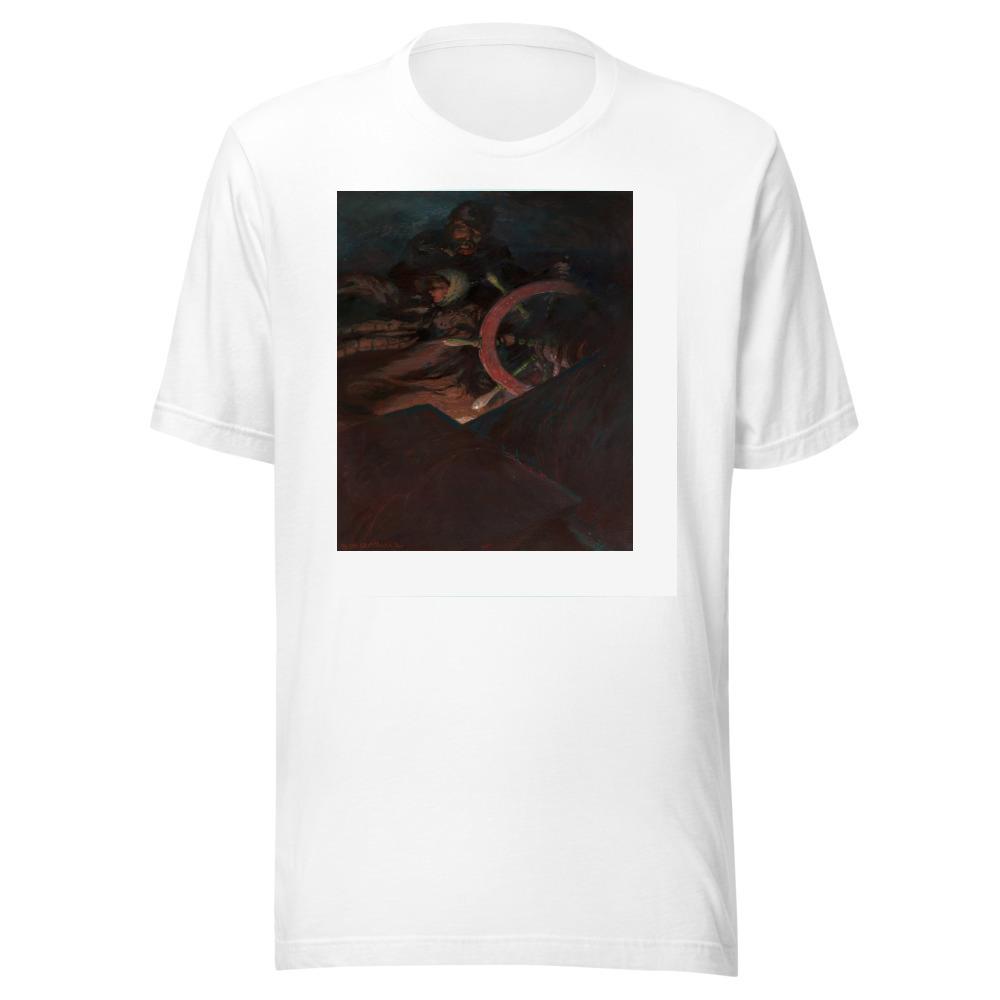
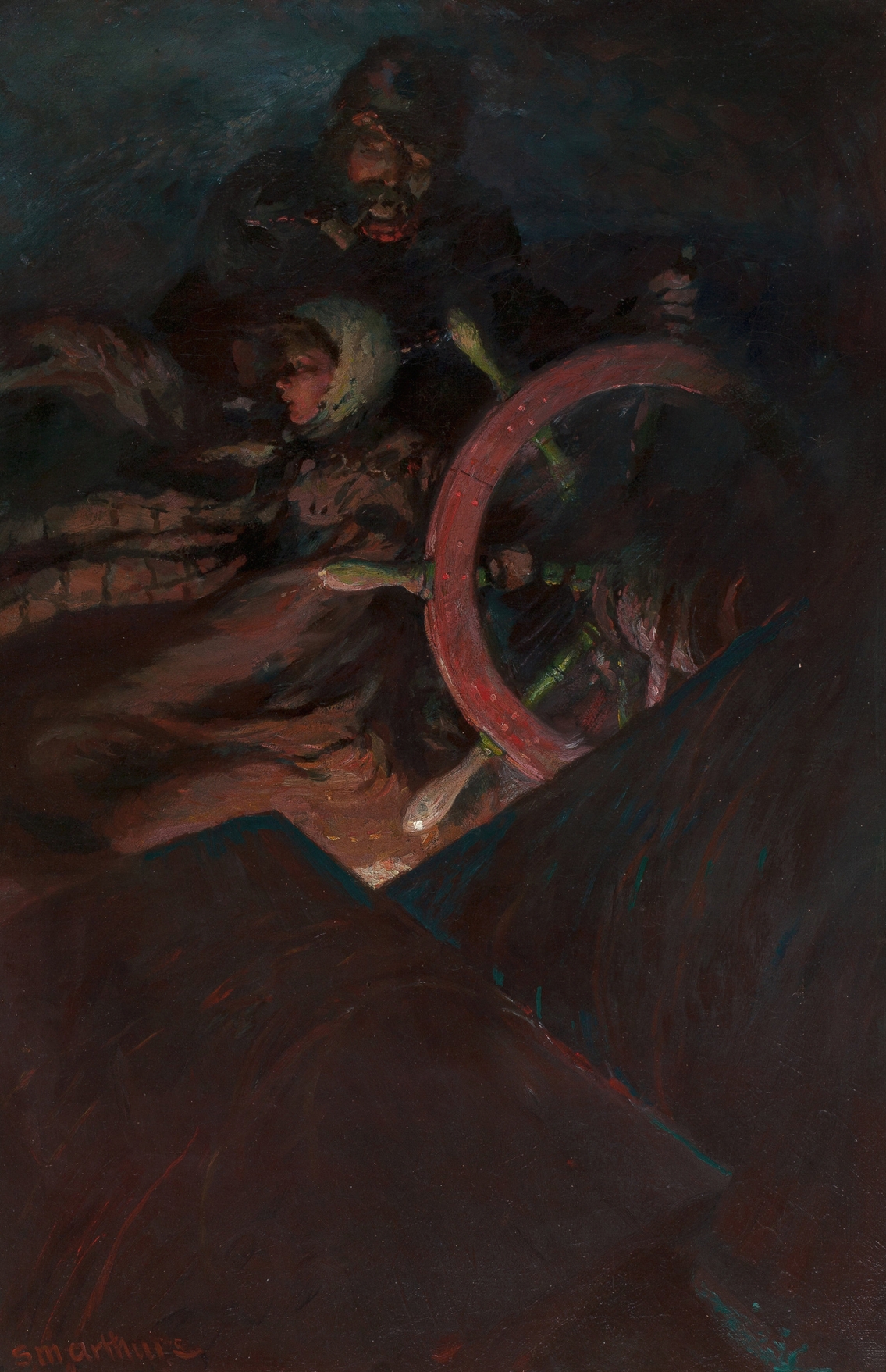
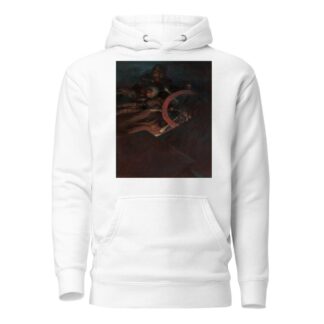
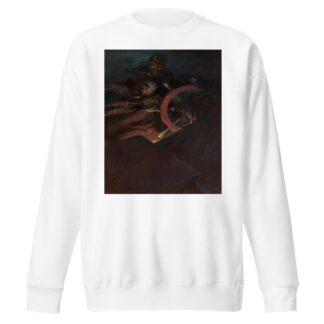
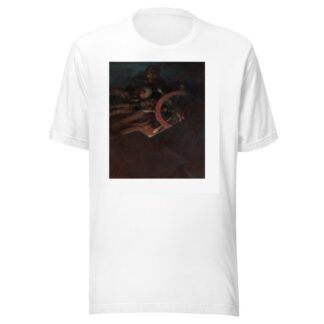
Reviews
There are no reviews yet.